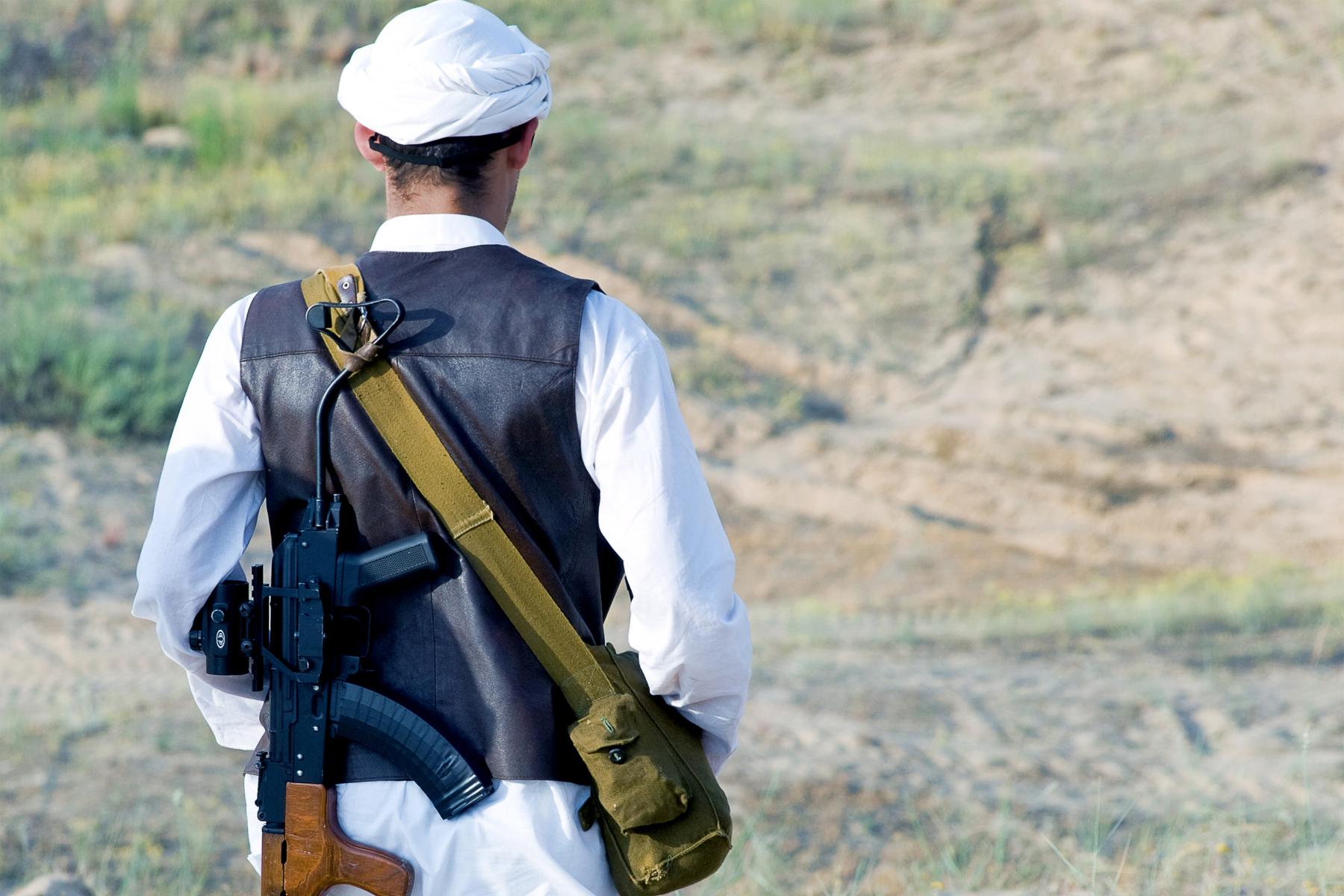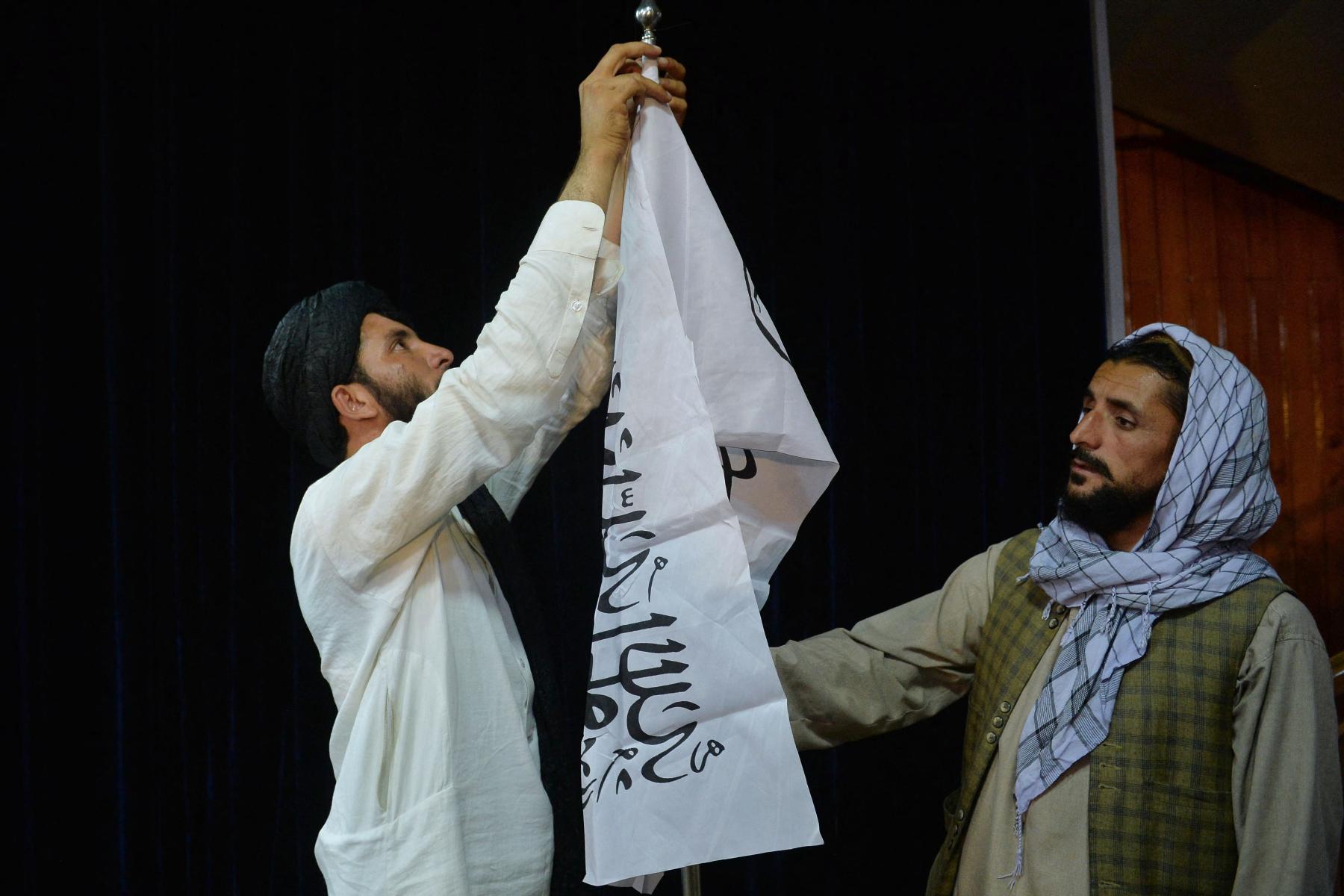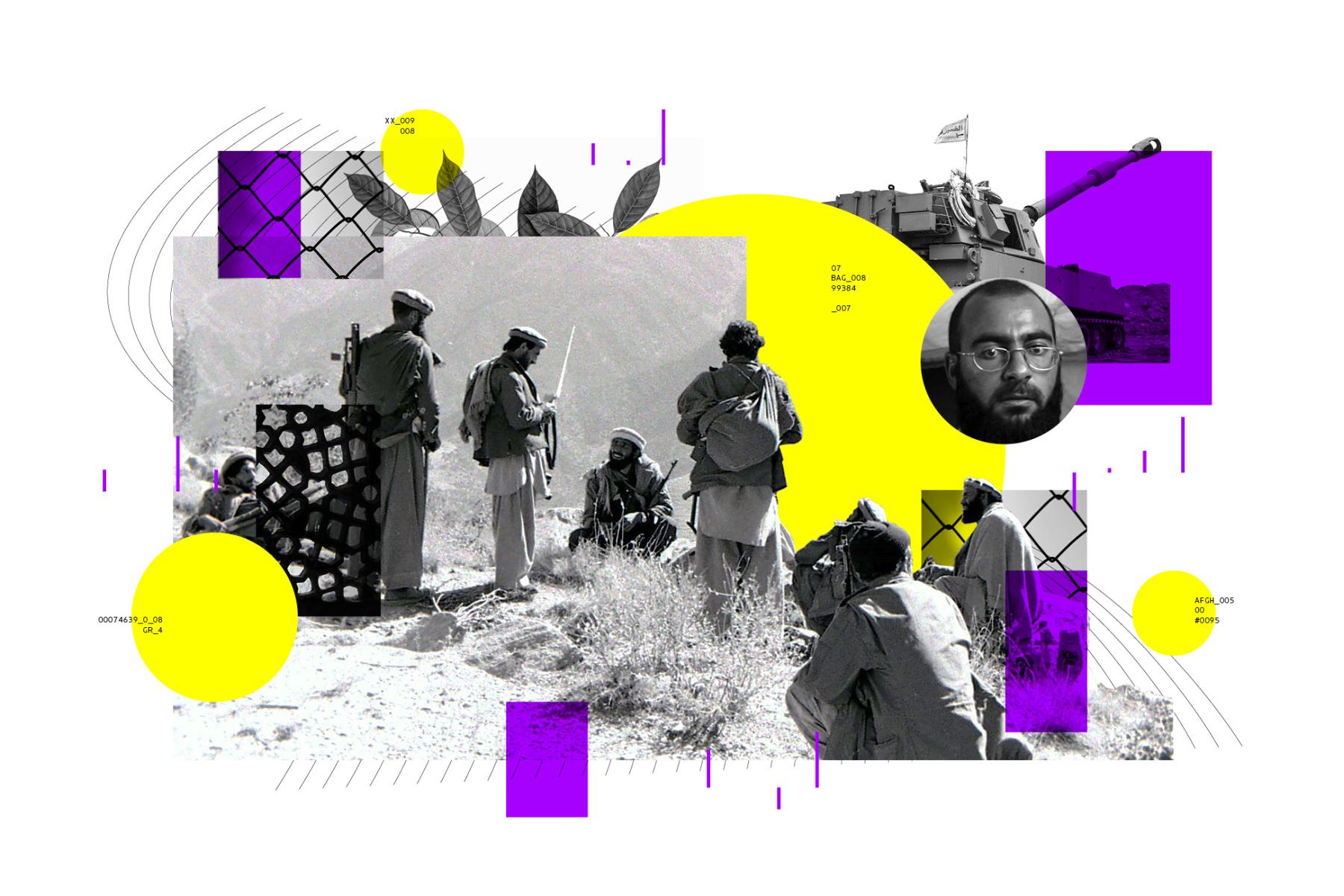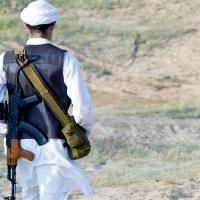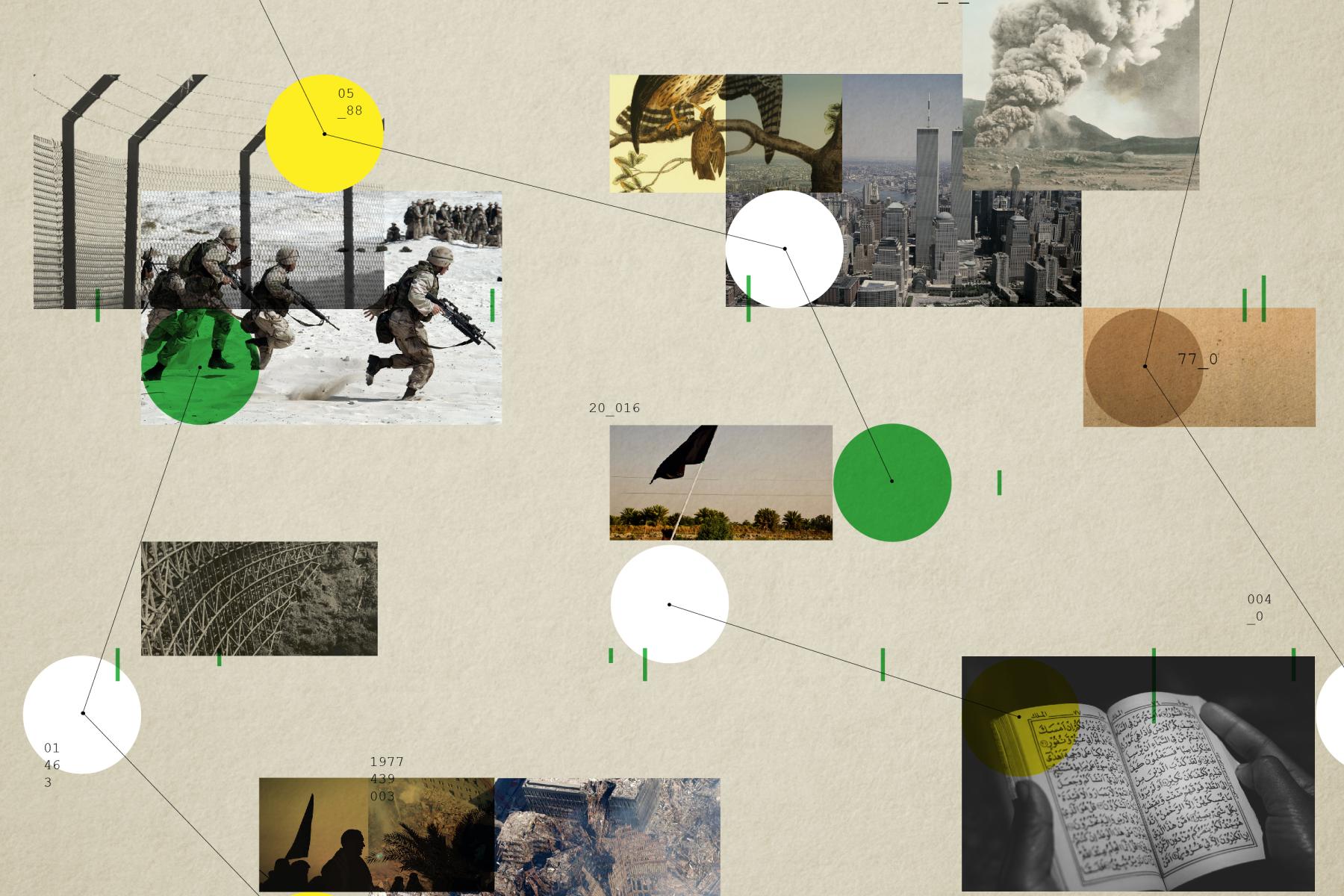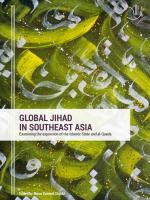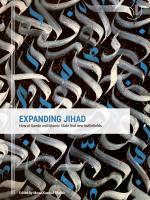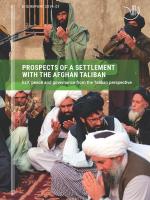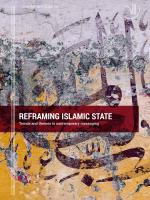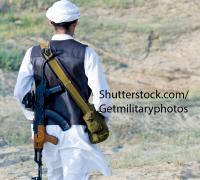‘Eliminated’, but Islamic State continues its pursuit of new territory
Interview by Anne Blaabjerg Nielsen
In March 2019, Islamic State loses its last bastion in Baghouz, Syria, to Kurdish-led militias. Six months later US President Donald Trump declares that IS has been ‘eliminated’ after the caliphate's self-proclaimed caliph Abu Bakr al-Baghdadi committed suicide during a US attack.
On IS's own media channels, however, the story is quite different. Shortly after the loss of its last territory, its then leader Abu Bakr al-Baghdadi appeared in a video saying that IS was far from defeated:
By God’s grace, the sons of the Caliphate continue to prove that they are a firm and solid rock on which the alliance of infidels will break … They will retreat...in disgrace and shame
Islamic State is notoriously famous for effectively marketing itself in well-produced videos and glossy propaganda magazines during the Caliphate’s successful period from 2014-16. Images of brutal murders, rapes and torture proved incredibly effective in recruiting foreign fighters from all over the world, and researchers as well as intelligence agencies have therefore kept a close track of IS's professional propaganda machine. But what happens to the same propaganda machine when the organization behind it runs out of luck on the battlefield? A new DIIS report has looked into this very question.
‘In their heyday, IS operated a giant propaganda machine with media centres producing audio files, videos, graphics and magazines – both in print and digitally. Today, things run mostly the same way, but the information is primarily shared in closed online communities. The reason why IS's propaganda has attracted so much interest from researchers and intelligence services is our attempt to understand how they have been able to gain so much support and what their strategies, plans and capabilities are. The propaganda represents first-hand sources where we get access to IS's own words and world view, ’ says Telli Betül Karacan, research assistant at DIIS and author of the report ‘Reframing Islamic State: Trends and themes in contemporary messaging’.
This report is part of a five-year research project, ‘Transnational Jihad’, which examines the ability of transnational jihadist movements to expand their influence around the world by tapping into local conflicts, hence escalating violence.
‘With the report, I specifically wanted to look into how IS sees itself after the loss of its last territory and, not least, its very significant leader. What can IS's propaganda tell us about how the organisation is trying to remobilise under their new leadership, and what countries and areas they have their eyes set on?’ she says.
The empirical basis is propaganda material published after Baghdadi's death from October 2019 to April 2020, covering a total of 27 issues of the Arabic-language newsletter Al-Naba and the first three issues of the recently published English-language magazine Sawt al-Hind. The material was obtained through the American organization ‘SITE Intelligence’, which tracks the online activities of jihadist organizations, and also from Jihadology.net, a website moderated by researcher, Aron Zelin, dedicated to sharing all of IS's primary sources.
‘Al-Naba is IS's official newsletter and has been published consistently on a weekly basis since 2015 for the purpose of updating the organization's members on IS operations around the world. However, it also includes religious essays, news and infographics. Thus, Al-Naba is one of the few publicly available sources we have for IS's internal communication strategy,’ says Telli Betül Karacan.
Sawt Al-Hind, or ‘The Voice of Hind,’ is a glossy monthly online propaganda magazine reminiscent of its predecessors Dabiq and Rumiyah, both online magazines that IS used as recruitment channels from ca. 2014-17. The magazine is produced by the pro-IS Al-Qitaal Media Center, based in Kashmir.
‘Hind is abbreviated from of Hindustan, which is a term that encapsulates the Indian subcontinent. There is an ancient Islamic apocalyptic legend saying that India must be conquered before the final and decisive battle is to take place in the city of Dabiq in northern Syria. Thus, IS's focus on India is not new, but the magazine itself indicates that IS is enhancing its efforts here. The fact that the magazine is in English also points to an audience that extends beyond India's borders,’ she says.
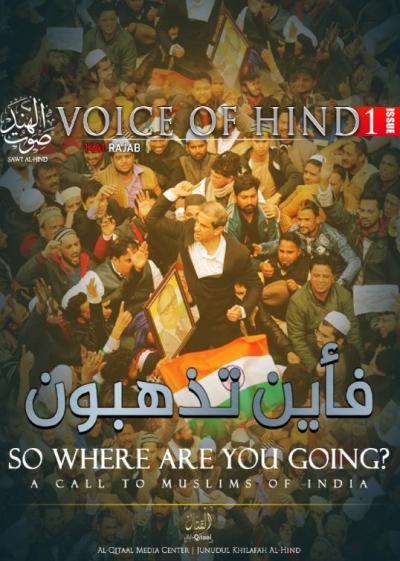
The virtual caliphate lives on
Interviews, articles and reports from the battlefield give an impression of an organization that is obviously far from its glory days, but who does not at all see itself as defeated. Telli Betül Karacan says:
‘As the quote from Abu Bakr al-Baghdadi suggests, IS never uses the word “defeat”. Instead, it relies on theological references with the message that these are just minor setbacks and a test from God. IS is only really eliminated when its motivation is gone – and, according to themselves, it has not disappeared, they are still fighting,’ she says, and elaborates further:
‘After Baghdadi's death, it is noteworthy that IS already found a new leader in Abu Ibrahim al-Hashemi al-Qurashi just a week later. He was first approved by a governing council – a so-called shura. After this, the organization's supporters were encouraged to pledge allegiance to the new caliph, as allegiance is linked to the organization's leader and therefore requires renewal. This is done through an elaborate media campaign across IS's many provinces, where membership of the organisation has been renewed, and documented in al-Naba.‘
The hunt for new territories
The propaganda material also reflects an intensified search for new territory outside IS's core areas in Iraq and Syria, especially on the African continent. In Al-Naba, IS provides detailed weekly reports of attacks in several African locations.
‘The new leadership seems to be continuing with an old and well-tested IS strategy of exploiting the instability and conflict dynamics in local areas. When local security forces are weak, the number of jihadists increases, which was also a dominant strategy in Iraq during the organization's early years. This is the same pattern we see now in e.g. Mozambique, Burkina Faso, Niger and Mali,’ says Telli Betül Karacan.
The hunt for new territories has also brought IS to South Asia, and although the analysis it is not able to say whether its interest in India has increased compared to earlier periods, the release of a regionally specific magazine such as Sawt al-Hind is thought-provoking, she says:
While IS is intensifying attacks and attempts to radicalize Muslim minorities around the world, it does not yet have the resources to orchestrate attacks in the West by its central administration – which is why, for now, independent and individual jihad is the way forward.’
‘Sawt al-Hind has a strong ideological voice with an overarching narrative of Muslims being oppressed in India. It is also a proven strategy when it comes to radicalizing and mobilizing Muslims around the world. The message aimed at Western Muslims is: ‘You will never become part of these ‘host countries’, but join us and you will live as heroes.’ In India, it centres around the country's controversial Citizenship Act, which has been criticized for discriminating against Muslims and other non-Hindus.’
One strategy that is also reflected in Sawt al-Hind and on many other online platforms is the call for individualized jihad, where Muslims are called on to perform jihad, whether or not they are connected to the organization or have any military experience:
‘Readers can get advice on how to use their bare hands to throw heavy objects from buildings, use kitchen knives, axes and hammers to attack their enemies or hit them with a moving vehicle. This, however, is not just the case in Sawt al-Hind – a huge number of jihadist chat forums provide similar advice. This points to the fact that, while IS is intensifying attacks and attempts to radicalize Muslim minorities around the world, it does not yet have the resources to orchestrate attacks in the West by its central administration – which is why, for now, independent and individual jihad is the way forward.’
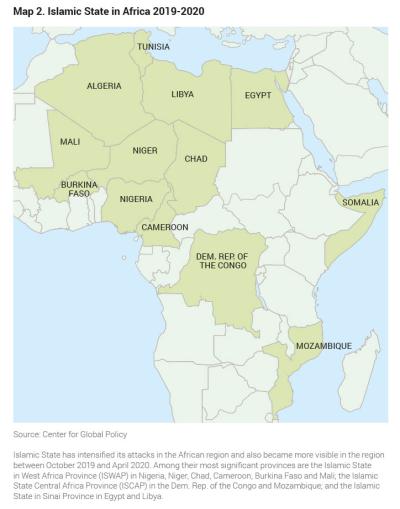
Propaganda versus reality
If we are to believe IS’s own words, the organization has proved incredibly resilient following its complete loss of territory and of several prominent leaders, but how do things look outside the glossy propaganda machine? In fact, there is a good reason to take IS's words very seriously, Telli Betül Karacan says:
‘If you cross-reference the weekly reports from Al-Naba with official reports, there are definitely cases of exaggeration, e.g. of the number of deaths in connection with the attacks, and other operations in Africa have been difficult to confirm, but in many cases the figures are consistent. Looking at the official reports of attacks in African countries, they also quite clearly support IS's increased focus on the African region in their propaganda.
At the same time, we know that there is a connection between calls for jihad in the propaganda and actual terrorist acts. On the day of the release of the second issue of Sawt al-Hind, for example, a Sikh temple in Kabul was bombed. The perpetrator was an Indian man who carried out the attack as a ‘revenge for the oppressed Muslims in Kashmir’ – the same narrative as repeated in the magazine.’

